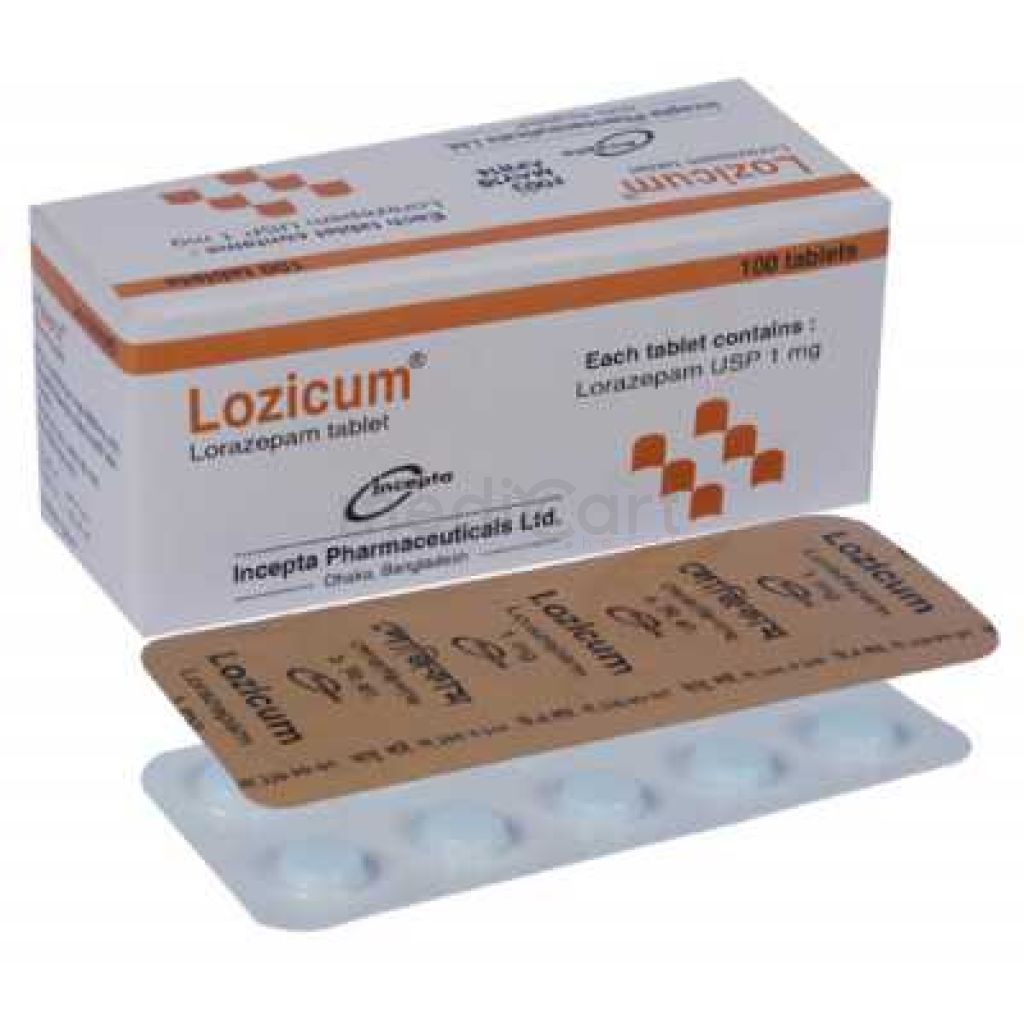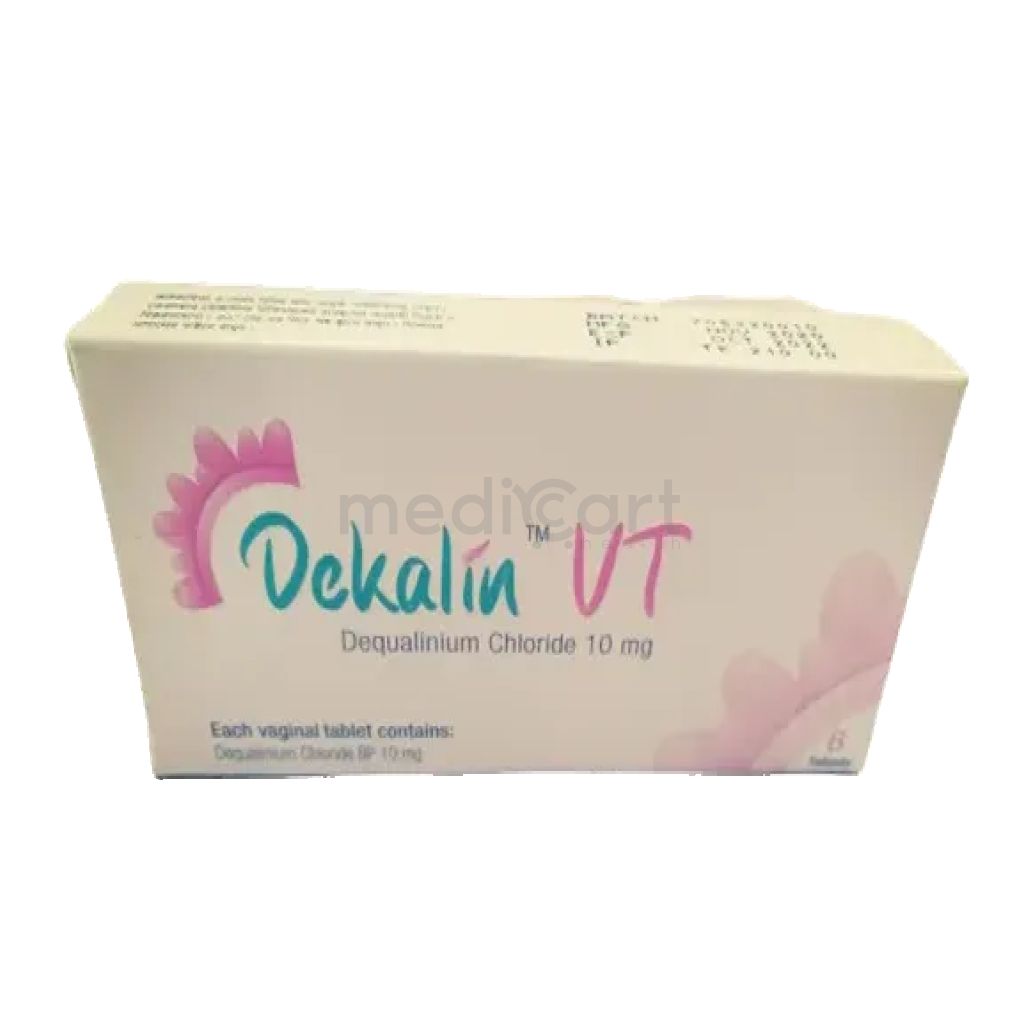

Isorifam 450
Capsule
Pack Size :
10 capsule x 1 strip
Generics :
Isoniazid + Rifampicin
Manufacturer :
Acme Laboratories Ltd.
Best Price *
TK
2,660.00
* Delivery will be done in Dhaka city only.
More Information About - Isorifam 450
Description
Generic Name
Isoniazid + RifampicinPrecaution
Use of isoniazid should be carefully monitored in the following: Daily users of alcohol. Daily ingestion of alcohol may be associated with a higher incidence of isoniazid hepatitis. Patients with active chronic liver disease or severe renal dysfunction. Age > 35. Concurrent use of any chronically administered medication. History of previous discontinuation of isoniazid. Existence of peripheral neuropathy or conditions predisposing to neuropathy. Pregnancy. Injection drug use. Women belonging to minority groups, particularly in the post-partum period. HIV seropositive patients.Indication
TuberculosisContra Indication
Known or suspected hypersensitivity to rifamycins and/or to INH, and/or to any of the excipients including a history of drug-induced hepatitis; acute liver diseases, regardless of their origin; peripheral neuritis.Dose
N/ASide Effect
Unwanted effects which may occur during continuous daily or intermittent therapy: Rifampicin: Rifampicin may cause reddish discolouration of body fluids and occasionally other body secretions eg, urine, sputum, lacrimal fluid, faeces, saliva and sweat. It may permanently discolour soft contact lenses. Hepatic Effects: Very common (>10%) is an asymptomatic increase in liver enzymes; severe life-threatening hepatic reactions eg, hepatic failure and acute fulminant hepatitis are uncommon (>0.1% and <1%). In isolated cases (<0.01%), a fatal outcome was observed. Renal Effects: Elevations of BUN and serum uric acid, haemolysis, haematuria, interstitial nephritis, renal insufficiency. Gastrointestinal Effects: Nausea, abdominal pains, vomiting or diarrhoea, pseudomembranous colitis. Central and Peripheral Nervous System Effects: Tiredness, drowsiness, headache, dizziness, ataxia, mental confusion, muscular weakness, visual disturbances. Haematological Changes: Leucopenia, eosinophilia, thrombocytopenia and thrombocytopenic purpura. Effects on Skin and Appendages: Flushing, itching with or without skin rash, urticaria, reddening of the eyes, exudative conjunctivitis or generalised hypersensitivity reactions involving the skin eg, exfoliative dermatitis, Lyell's syndrome and pemphigoid reactions. Endocrine Effects: Disturbances in the menstrual cycle, induction of crisis in Addison patients. Unwanted effects chiefly occurring during intermittent therapy or upon resumption of treatment after temporary interruption:Pregnancy Category
Name : Not Classified
Description
FDA has not yet classified the drug into a specified pregnancy category.Mode of Action
Rifampicin and isoniazid are active bactericidal anti-TB drugs which are particularly active against the rapidly growing extracellular organisms and also have bactericidal activity intracellularly. Rifampicin inhibits DNA-dependent RNA polymerase activity in susceptible cells. Specifically, it interacts w/ bacterial RNA polymerase but does not inhibit the mammalian enzyme. Cross-resistance to rifampicin has only been shown w/ other rifamycins. It has activity against slow- and intermittently-growing M. tuberculosis. Isoniazid acts against actively growing tubercle bacilli.Interaction
May reduce effectivity of hormonal contraceptives. Reduced absorption w/ antacids. May decrease plasma concentrations of antivirals (e.g. atazanavir, darunavir, fosamprenavir), atovaquone w/ rifampicin. Rifampicin may reduce serum levels of anticonvulsants (e.g. phenytoin), antiarrhythmics (e.g. disopyramide), oral anticoagulants, antifungals (e.g. ketoconazole), barbiturates, ?-blockers, Ca channel blockers (e.g. diltiazem), chloramphenicol, clarithromycin, corticosteroids, ciclosporin, cardiac glycosides, clofibrate, dapsone, diazepam, doxycycline, fluoroquinolones (e.g. ciprofloxacin), haloperidol, oral hypoglycemic agents (sulfonylureas), levothyroxine, methadone, narcotic analgesics, progestins, quinine, tacrolimus, theophylline, TCAs (e.g. amitriptyline, nortriptyline) and zidovudine. Increased risk of hepatotoxicity w/ halothane. Isoniazid may inhibit the metabolism of anticonvulsants (e.g. carbamazepine, phenytoin), benzodiazepines (e.g. diazepam), haloperidol, ketoconazole, theophylline, and warfarin. May enhance the CNS effects of meperidine, cycloserine, and disulfiram w/ isoniazid. Loss of glucose control in patients on oral hypoglycaemics w/ isoniazid. Potentially Fatal: Concurrent treatment w/ saquinavir/ritonavir combination may result to severe hepatoxicity.Pregnancy Category Note
Pregnancy No adequate and well-controlled studies have been performed in pregnant women; has been shown to be teratogenic in rodents Rifampin has been reported to cross the placental barrier and appear in cord blood When administered during the last few weeks of pregnancy, rifampin can cause postnatal hemorrhages in the mother and infant for which treatment with vitamin K may be indicated Use during pregnancy only if the potential benefit justifies the potential risk to the fetus Animal studies Congenital malformations, primarily spina bifida, were increased in offspring of pregnant rats given rifampin during organogenesis at oral doses of 150-250 mg/kg/day (~1-2 times the maximum recommended human dose [MRHD] based on body surface area comparisons) Cleft palate was increased in a dose-dependent fashion in fetuses of pregnant mice treated at oral doses of 50-200 mg/kg (~0.2-0.8 times MRHD) Imperfect osteogenesis and embryotoxicity were also reported in pregnant rabbits given rifampin at oral doses up to 200 mg/kg/day (~3 times MRHD) Lactation Because of potential for tumorigenicity shown for rifampin in animal studies, a decision should be made whether to discontinue nursing or discontinue drug, taking into account importance of drug to motherAdult Dose
Oral Tuberculosis Adult: Each tab contains rifampicin and isoniazid (mg): <50 kg: 3 tab of 150/100 once daily; >50 kg: 2 tab of 300/150 once daily. Hepatic impairment: Max: 8 mg/kg daily.Child Dose
N/ARenal Dose
N/AAdministration
N/ADisclaimer
The information provided herein are for informational purposes only and not intended to be a substitute for professional medical advice, diagnosis, or treatment. Please note that this information should not be treated as a replacement for physical medical consultation or advice. Great effort has been placed to provide accurate and comprehensive data. However, Medicart along with its authors and editors make no representations or warranties and specifically disclaim all liability for any medical information provided on the site. The absence of any information and/or warning to any drug shall not be considered and assumed as an implied assurance of the Company.





